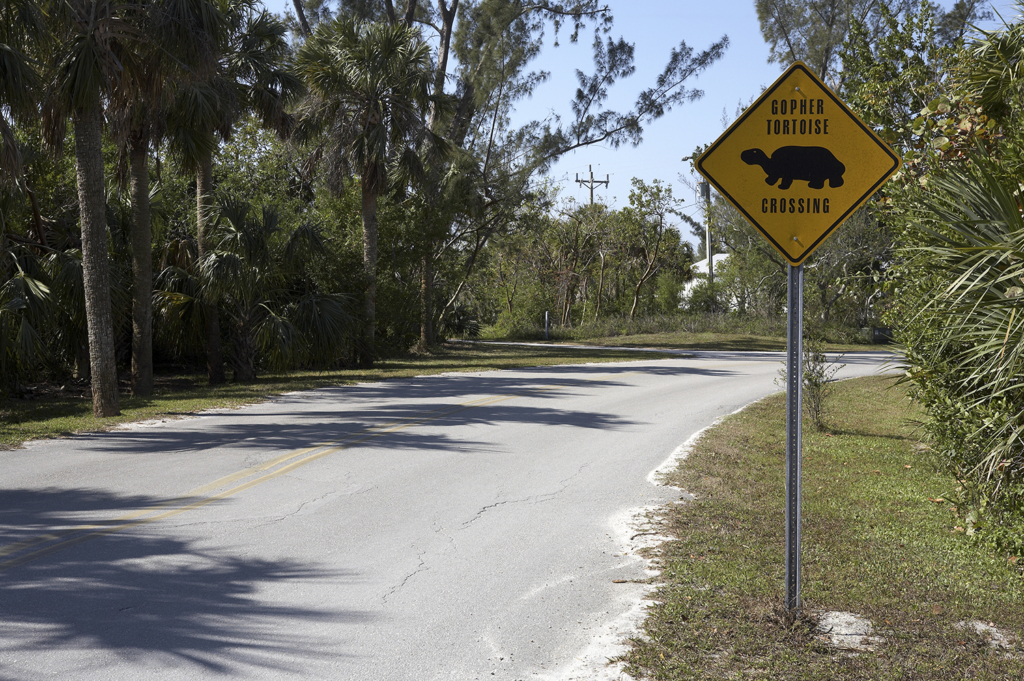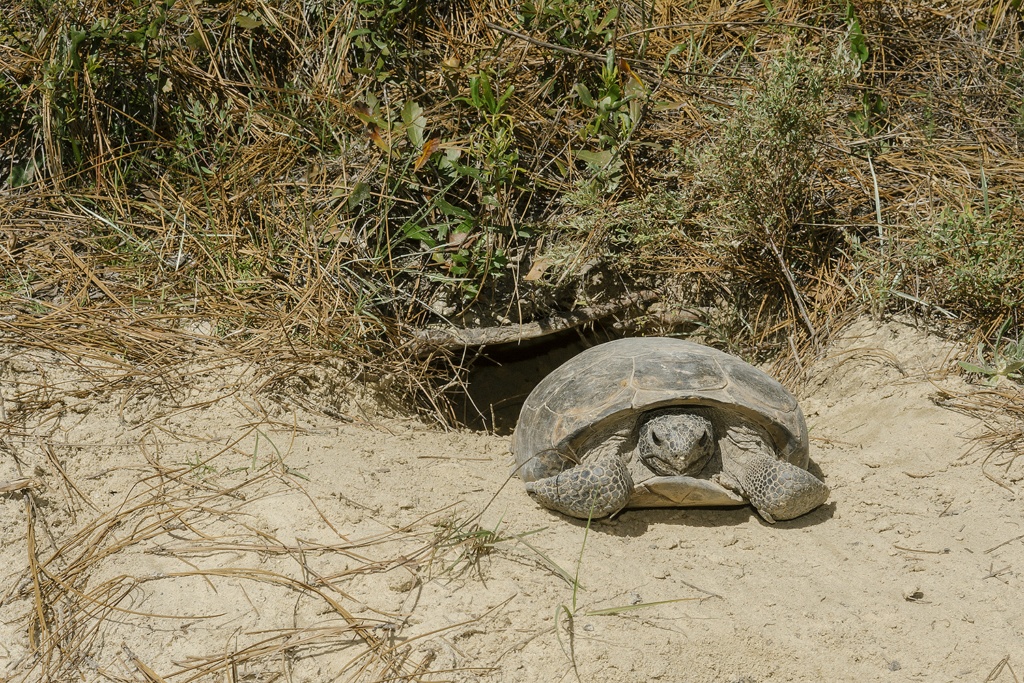© Brian Lasenby — stock.adobe.com
A unique species of land tortoise that constructs underground burrows and then shares its burrow with hundreds of other species. The Gopher Tortoise is a lesser-known keystone species from the southeastern states of America.
Once found across several states, the Gopher Tortoise is now considered threatened due to rampant human land development in its home range.
We are sure that you will fall in love with the Gopher Tortoise and its generous spirit.
- The Gopher Tortoises ancestry dates back to more than 60 million years. Physically, the Gopher Tortoise is a moderate-sized, terrestrial turtle, averaging 23–28 cm (9–11 in) in length and can live for up to 60 years in the wild.
- Gopher tortoises are found predominantly in the southeastern states of the United States of America including Florida, eastern Louisiana, southern Alabama, Georgia, Mississippi, and South Carolina.

© Jeff Gynane— stock.adobe.com
3. A unique characteristic of the Gopher Tortoise is the fact that it is one of the few species of tortoise that digs burrows. These burrows can be up to 10 feet deep and 40 feet long and provides shelter from the sun, the cold, fires and predators.
4. Once the Gopher Tortoise has constructed a burrow, many other species move in to co-inhabit the burrow. Gopher Tortoises are recognised as a keystone species because their burrows provide shelter for up to 400 other species of wildlife.
5. Gopher Tortoises have shovel-like front legs covered in scales that help them to burrow. Their back legs are very strong and sturdy.

© ondreicka — stock.adobe.com
6. Gopher Tortoises do not become reproductively mature until they are 10 to 25 years old. Only 6% of hatchlings grow into full tortoise due to predators.
7. The male Gopher Tortoise can be identified by its longer tail, and concave shell, however female is larger in size. Males communicate with potential mates through head bobbing, shell nipping and rubbing of pheromones from scent glands on their legs to encourage their mate.
8. The female Gopher Tortoise digs a nest at the mouth of her burrow where she buries ping-pong-ball-sized eggs that hatch about three months later.
9. As herbivores, the diet of the Gopher Tortoise consists of over 300 different plant species including grasses, flowers, fruits, and leaves. Gopher Tortoises rarely drink water and get the majority of their water from plants and dew.
10. The Gopher Tortoise is considered threatened and is listed as vulnerable on the IUCN Red List. Gopher populations have been impacted due to loss of habitat from human land development. The majority of the remaining gopher tortoises are in the state of Florida where the population is estimated to be less than 800,000 and in steep decline.
References:
Gopher Tortoise
Defenders of Wildlife Blog
